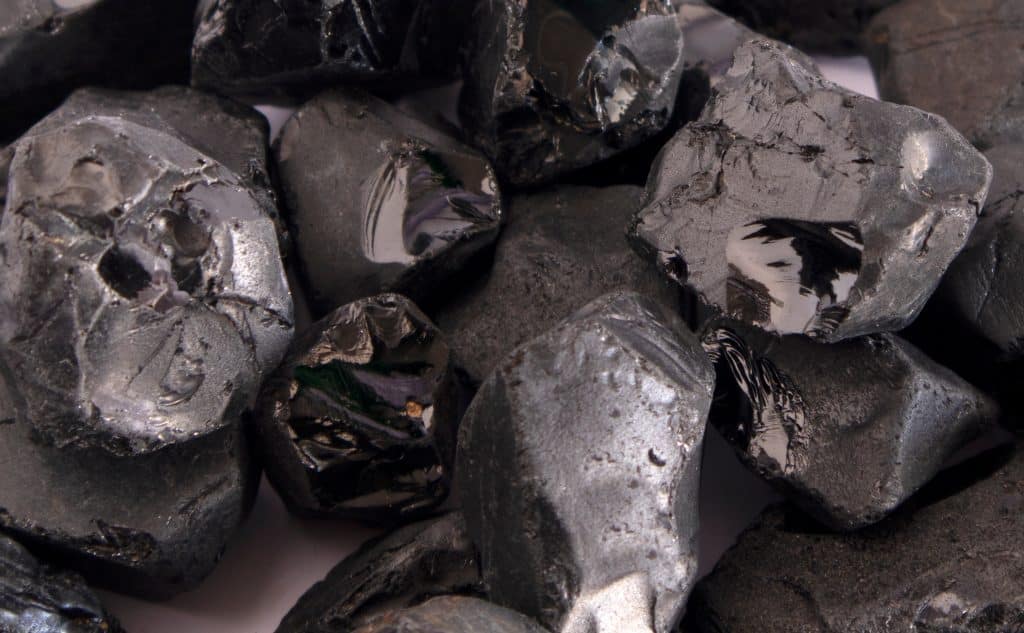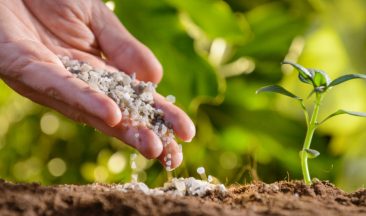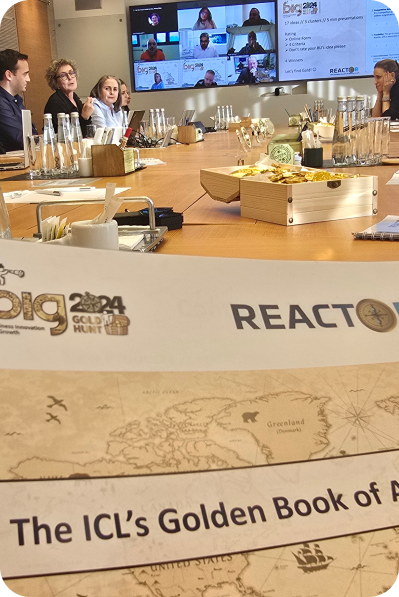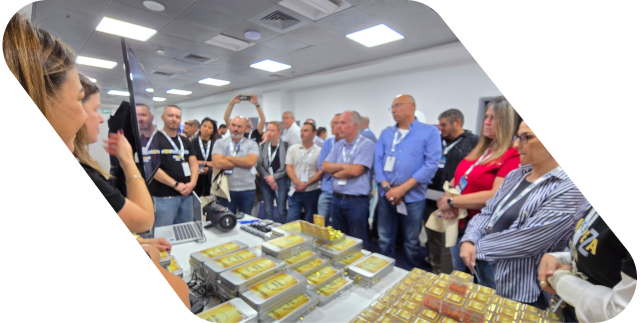A basic description of magnesium does not come close to reflecting its true worth. It is the eighth most common element in the universe, an alkaline earth metal found in abundance in the Earth’s crust and seas, and the lightest metal on earth, one that emits a bright light when burned.
That’s magnesium in a nutshell. But a closer look will reveal much more:
- a metal that can be blended with other metals to create lightweight alloys to make heavy objects (e.g., automobile frames) lighter and energy-efficient or bond with considerably heavier, more precious metals to protect them from corrosion
- an element that enhances crop yields, serves as an essential nutrient in humans; directs chlorophyll to carry out photosynthesis; and supports the normal activity of hundreds of enzymes in plants, animals, and humans
Thus, magnesium supports life as we know it and industry as we would like it to be.
The History of Magnesium
Magnesium is “born” among the stars through the fusion of helium and neon under extreme temperatures. These stars explode periodically, releasing magnesium into the atmosphere to become embedded in the Earth’s crust. Despite its abundance, little was known about this element until the 17th century.
A herd of thirsty cows led us on the road to its discovery
The cows belonged to an Englishman named Henry Wicker. One summer day in 1618 in Epsom Common—a pastoral setting in southeastern England—Wicker noticed that his cows refused to drink from a particular pool of water. Given that England was in the grips of a severe drought that day, he found this behavior disturbing.
Taking a sip of the water, he discovered the reason for their behavior: The water was bitter. Wicker attempted to isolate the substance responsible for the bitter taste. In so doing, he isolated a compound with a laxative effect. It turned out to be magnesium sulfate (MgSO4), now known as Epsom salts.
Two hundred years later
Over the next 200 years, scientists attempted to purify the metal in this substance–a task made complicated by the fact that Mg is never free in nature but commonly binds with oxygen to form magnesium oxide (MgO). In 1755, the Scottish scientist Joseph Black proposed that this unknown metal is a chemical element.
In 1792, the Austrian scientist Anton Rupprecht tried to purify it by heating it with charcoal. It was finally purified completely in 1808 by the British scientist Humphry Davy using electrolysis. It was finally produced in large amounts in 1831 by the French chemist Antoine Bussy. Today, it is prepared mainly by reducing MgO with silicon or through the electrolysis of molten magnesium chloride.
Sources of Magnesium
Magnesium is found in both soil and sea. ICL’s magnesium is extracted from the unique mineral-rich brines of the Dead Sea. Magnesium is usually bonded with another element (e.g., as MgO or magnesium chloride) and must undergo a chemical process or electrolysis to be released.
In the soil, it enters plants through their roots to become the key component of chlorophyll, directing it to carry out photosynthesis. It is also an essential nutrient in foods, especially whole grains and green leafy vegetables.
Magnesium for Life
Humans, animals, plants, even bacteria depend on magnesium for a good life. It keeps hundreds of enzymes working properly in every human body. Humans use it to maintain strong bones and teeth, a normal heart rhythm, and normal muscle and nerve activity.
Plants use it to turn sunlight into starches and sugars for their own survival and for the nutritional needs of those of us who are higher on the food chain. Plants can also help us “higher-ups” stay healthy by killing bacteria that cause inflammation.
Its microbe-killing qualities make it suitable for cosmetics as well as medicine. Several plants are used to make creams and potions to keep our skin smooth and healthy. A good example is aloe vera.
Known to botanists as Aloe barbadensis miller, this shrubby, succulent perennial can be used to heal skin burns and ulcers while controlling diabetes, AIDS, and cancer and fighting fungal and bacterial infections and inflammation.
One of the key chemicals in the aloe plant that allows it to do all of this is aloin. Researchers recently learned that aloin levels increase with the amount of magnesium in the soil. As long as the proper proportion of Mg in the soil is maintained, aloin can do its job.
Applications and Uses
The use of magnesium is determined by the other element with which it is bonded. For example, magnesium
- sulfate is used to fix the dye to fabrics,
- hydroxide is used to make plastics fire retardant
- chloride is widely used for environmentally friendly de-icing and de-dusting
- sulfate (Epsom salts), or hydroxide (milk of magnesia) is used in medications
- oxides have a wide range of uses both in industrial and health-related applications
Industrial Uses of Magnesium

Magnesium industrial uses take advantage of the lightweight, malleability, or bright light of free Mg, which is obtained artificially, or manipulate MgO to make it sturdier or capable of hardening in air.
You may be interested in:
Alternative Proteins: Satisfying the Increasing Protein Demand Sustainably
Magnesium in Industry
Lights, cameras—and bombs away!
The bright light given off by burning magnesium was used in flashbulbs for professional photographers. Today, it is used mainly in incendiary devices, such as distress flares, and fireworks.
Bending to every occasion
In the magnesium alloys manufacturing industry, magnesium is blended with aluminum to create lightweight, flexible components for airplanes and automobiles (e.g., car seats and luggage).
Rust prevention: the sacrificial metal
Magnesium is an electropositive metal. It can be used to coat iron and steel structures, because it corrodes preferentially to those metals, thereby preventing the formation of rust.
Personal Care Applications
Bacteria are the main cause of offensive body odors. Odor-causing bacteria usually thrive on moderate levels of magnesium in their environment. But when that concentration reaches a critical mass, it becomes toxic, threatening the integrity of the bacterial wall.
Personal care manufacturers are taking advantage of this feature to formulate deodorants, baby skincare products, and wash-off masks while avoiding heavier metals.
ICL’s CareMag line for skincare products is based on magnesium and natural materials from the Dead Sea. Using magnesium salts like magnesium hydroxide and magnesium carbonate hydroxide, we produce a deodorant with an impressive malodor-lowering effect, a zinc-free rash-fighting cream for babies, and a wash-off face mask that is just as effective in smoothing skin and improving sensorial touch as its more potentially irritating predecessors.
Magnesium Oxide Industrial Uses
Magnesium oxide (MgO) industrial uses include the manufacture of refractory bricks to line steel transfer applications and cement, which hardens quickly in its presence. It is also used in chemical industries, where its resistance to corrosion is highly valued; in the manufacture of brake linings because of its thermomechanical properties; and for plasma display screens because of its electro-optical properties. ICL manufactures magnesium oxide used in the rubber and plastics industries for the modification of polymer properties of rubber and plastic compounds.
The importance of MgO in agriculture is reflected in the decrease of soil magnesium levels accompanying the increased use of fertile soil using non-MgO fertilizers, as well as climate change, which increases carbon dioxide levels in soil, thereby increasing soil acidity and reducing magnesium levels.
Studies have shown that MgO-based fertilizers increase crop yields and agronomic efficiency over non-MgO fertilizers. Continued studies are needed to determine the best conditions and methods for applying Mg fertilizers to optimize crop yield.
Magnesium: Good for the Body?
Why your body needs magnesium? Evidence that magnesium is good for the body lies in its ability to keep more than 300 enzymes working properly while supporting normal nerve and muscle function and controlling common clinical disorders (e.g., hypertension and diabetes mellitus).
As with any nutrient, there is always a risk of deficiency. A magnesium deficiency is difficult to identify, unfortunately, for the following reasons:
- Magnesium stores in bone are released as blood levels decline, thereby keeping serum levels artificially high.
- The kidneys reabsorb Mg efficiently, thereby keeping urine levels artificially high.
- Benchmarks of normal Mg levels are lacking because serum levels have not been reported for many years in standard surveys. Thus, the low US intake of 250 to 350 mg daily (vs the recommended 310-320 mg for women and 400-420 mg for men) can produce tissue levels that appear “normal.”
In healthy individuals, a deficiency can be corrected with supplements and dietary changes.
ICL manufactures magnesium oxide in different grades excelling in its low impurities and tailor-made physical parameters to serve the pharmaceutical, nutraceutical, and food industries.
Magnesium may be sent from the heavens to Earth to maintain life as we know it. The discovery of its characteristics and methods of production has led to the development of products that make life safer and more enjoyable. Continued studies may allow us to avoid deficiencies in the human body for optimal health and in the soil to provide sustenance for the entire world.













